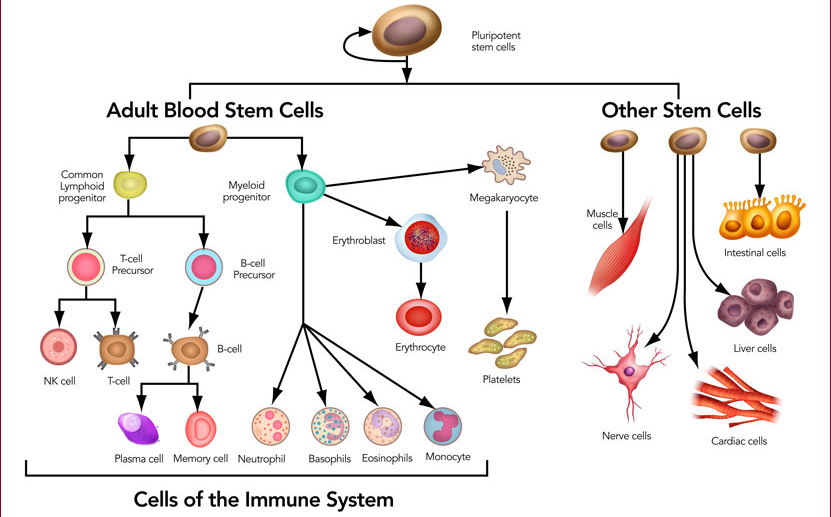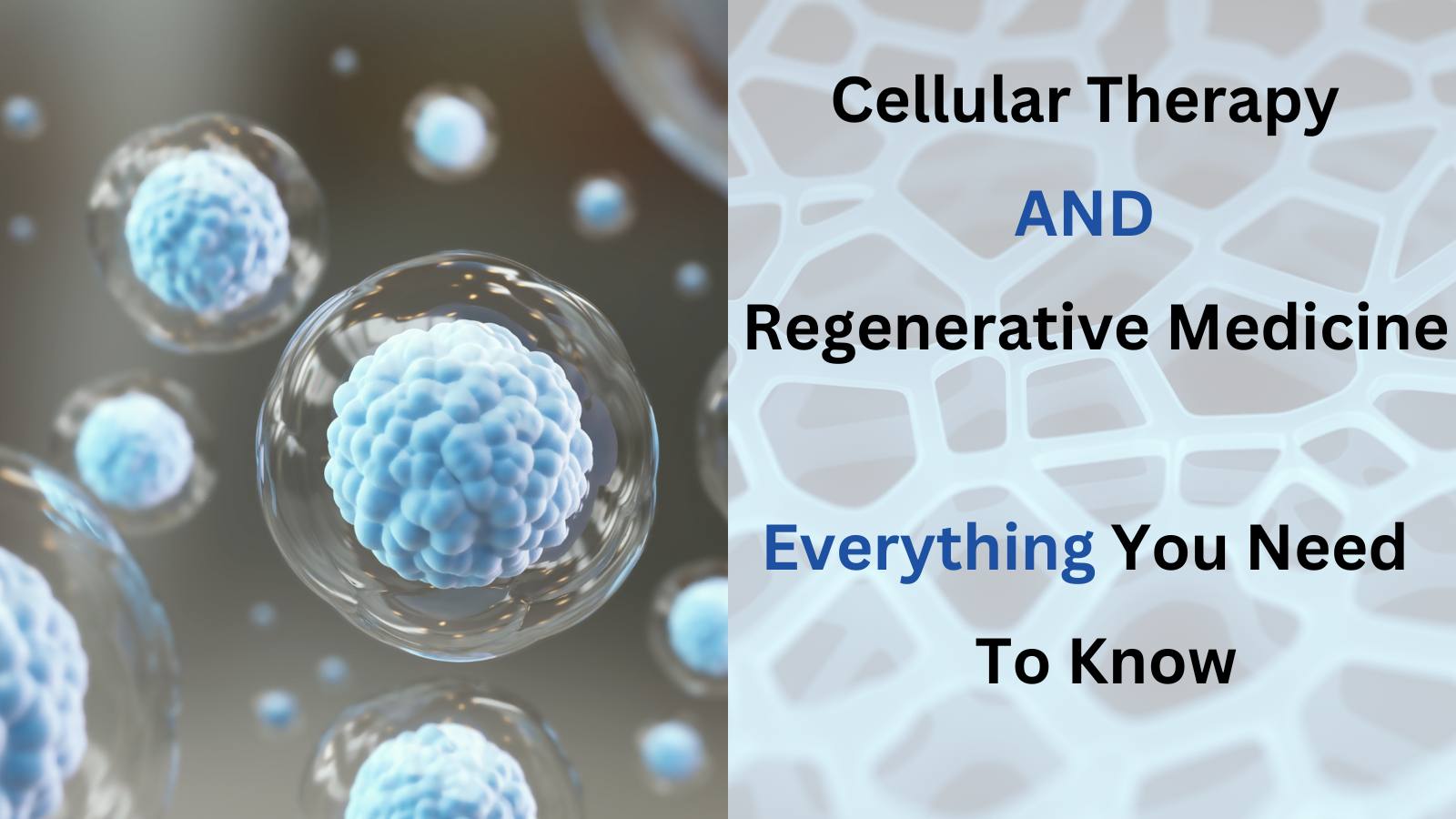Table of Contents

[/image][=video]
[/video]
Most websites made use of for bone marrow harvesting are situated in the hip bones and the sternum. In recuperation, the contributor might experience some pain in the areas where the needle was inserted.

If an autologous transplant is intended, previously accumulated stem cells, from either peripheral (apheresis) or harvest, are counted, evaluated, and prepared to infuse. The preparations for a bone marrow transplant vary depending upon the kind of transplant, the disease needing transplant, and your tolerance for certain medicines. Think about the following: Frequently, high dosages of radiation treatment and/or radiation are included in the prep work.
Ablative therapy prevents this procedure of cell manufacturing and the marrow becomes vacant. A vacant marrow is needed to make area for the brand-new stem cells to expand and establish a brand-new blood cell manufacturing system.
It is not a surgical procedure to put the marrow into the bone, however is comparable to getting a blood transfusion. The stem cells discover their means right into the bone marrow and begin recreating and expanding brand-new, healthy blood cells. After the transplant, supportive treatment is offered to prevent and treat infections, adverse effects of treatments, and difficulties.
Menopause Treatment
The days before transplant are counted as minus days. The day of transplant is thought about day zero. Engraftment and recovery complying with the transplant are counted as plus days.
The days are phoned number to aid the patient and family comprehend where they remain in terms of dangers and discharge preparation. During infusion of bone marrow, the client might experience the following: Discomfort Chills Fever Hives Breast pain After infusion, the person may: Invest several weeks in the hospital Be very prone to infection Experience excessive blood loss Required blood transfusions Be constrained to a clean environment Take several anti-biotics and various other medicines Be offered medicine to stop graft-versus-host diseaseif the transplant was allogeneic.
Platelets are typically the last blood cell to recover. Engraftment can be delayed since of infection, medicines, low donated stem cell count, or graft failure.
Prescription antibiotics, antifungal medicines, and antiviral medications are typically provided to attempt to prevent major infection in the immunosuppressed individual. Thrombocytopenia (reduced platelets) and anemia (low red blood cells), as a result of a nonfunctioning bone marrow, can be unsafe and even dangerous.
Liquid overload is a difficulty that can lead to pneumonia, liver damages, and high blood stress. The primary reason for liquid overload is because the kidneys can not maintain up with the large amount of fluid being given in the type of intravenous (IV) medications, nutrition, and blood items.
Menopause Treatment

Respiratory status is a vital function that might be jeopardized throughout transplant. Infection, swelling of the airway, fluid overload, graft-versus-host disease, and bleeding are all possible life-threatening complications that might take place in the lungs and lung system. The liver and heart are essential body organs that may be harmed throughout the hair transplant procedure.
Failure of the graft (transplant) taking hold in the marrow is a potential issue. Graft failure may happen as an outcome of infection, frequent illness, or if the stem cell count of the contributed marrow wanted to create engraftment. Graft-versus-host condition (GVHD) can be a significant and life-threatening difficulty of a bone marrow transplant.
Instead of a body organ transplant where the patient's body immune system will try to reject only the transplanted organ, in GVHD the new or hair transplanted body immune system can assault the whole client and all of his or her organs. This is because the new cells do not acknowledge the tissues and organs of the recipient's body as self.

One of the most usual websites for GVHD are GI tract, liver, skin, and lungs. Prognosis substantially relies on the following: Sort of transplant Kind and degree of the condition being treated Illness response to therapy Genes Your age and overall health Your tolerance of specific medications, procedures, or treatments Severity of problems Just like any treatment, in bone marrow transplant the diagnosis and long-term survival can differ considerably from individual to person.
Menopause Treatment around Livonia, Michigan
Continuous follow-up treatment is necessary for the person following a bone marrow transplant. New approaches to boost treatment and to reduce complications and side impacts of a bone marrow transplant are consistently being uncovered.
Regenerative medication treatments can be separated into three categories: assist in recovery by infusing or positioning online cells right into the person. Examples of mobile therapy consist of PRP and stem cell therapies, which can be used to deal with tendinopathy and various other sporting activities injuries.
Peripheral nerves, for example, consist of Schwann cells, nerve fibroblasts, and immune cells, each playing a duty in nerve regeneration, as discussed below. Stem cell therapy is one of the most thoroughly researched and encouraging branches of cell regrowth treatment. Some cells, such as epithelial cells in the skin or the lining of the intestinal tract, have a high turnover rate and can regenerate quickly.
Navigation
Latest Posts
Perimenopause Treatment
Regenerative Therapy local to Livonia
Hormone Therapy local to Livonia, Michigan